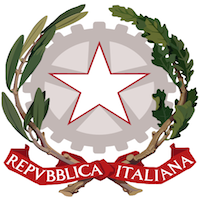 According to a very damning report by David Sirota, WNET/PBS allegedly solicited $3.5 million from the Laura and John Arnold Foundation to produce a two-year series on the need to reform and/or slash public employee pension benefits, entitled “Pension Peril.” John Arnold and his foundation have become noteworthy in recent years because of their support for those who advocate exactly that agenda.
According to a very damning report by David Sirota, WNET/PBS allegedly solicited $3.5 million from the Laura and John Arnold Foundation to produce a two-year series on the need to reform and/or slash public employee pension benefits, entitled “Pension Peril.” John Arnold and his foundation have become noteworthy in recent years because of their support for those who advocate exactly that agenda.
The Foundation, in agreeing to fund the series, reserved the right to cut funding at will, at any time, guaranteeing a lack of objectivity — against PBS rules. Following the release of the report linked above, PBS returned the money.
But the series already began airing late last year, using the Foundation’s policy positions heavily. For example, it emphasized the “need” to cut pensions to balance state and local budgets, even in cases where the purportedly near-bankrupt state/local governments were actually spending far more on discretionary corporate and “economic development” subsidies than on non-discretionary pensions. The program also advocated a California ballot initiative being bankrolled by John Arnold himself. Consistently, the show is presented as part of the news division and not an opinion show.
Episodes consistently failed to disclose the Arnold Foundation funding, despite the conflict of interest, in stark contrast to the prominent disclosure of much less directly conflicted donations of David Koch to, say, NOVA.
As Sirota points out, unfortunately (and partly as a legacy of the George W. Bush Administration), this is just the tip of the iceberg on PBS corruption by conservative money.



 Another ten months, another failed Italian prime minister. The next prime minister is
Another ten months, another failed Italian prime minister. The next prime minister is 
 Former longtime Virginia resident and past/present Libyan military general Khalifa Hifter
Former longtime Virginia resident and past/present Libyan military general Khalifa Hifter  Regional experts agree (discussed
Regional experts agree (discussed